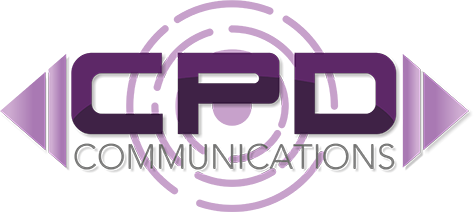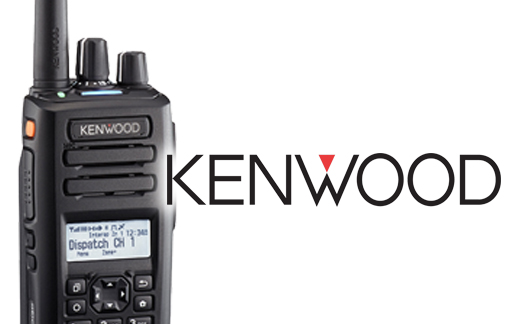Support Keeping you connected
CPD Communications provide full support on the majority of two way radios. If you have a problem or require advice contact us on 0845 338 7177.
What do you mean by two-way radio?
A two-way radio is a radio that transmits and receives radio signals. It is still the only method of instant communication at a fixed cost. A walkie-talkie is what most people who aren’t in the industry would call them.
How far will my radio talk?
That would depend on what equipment and infrastructure you have. For example, hand-portables on a back-to-back basis would cover approximately one mile. However, this is dependent on buildings and indeed terrain. If two people were stood on top of two mountains with a hand-portable each, they could probably speak to each other if they could see each other. On the other hand, if mobile radios are installed in a vehicle or have a base station, much further coverage can be achieved.
What is the advantage of two way radios over mobile phones?
Instant communications at a fixed cost. For safety, security, efficiency and financial reasons, two-way radio is the single, most cost efficient, widely used communication solution.
If I hire radios from you, do I need a licence?
No, the radios that you hire will be programmed with a frequency allocated for hire purposes. Alternatively, if you do have your own licence, the radios can be programmed to the same.
What if I will be using the radio inside – will they still work?
For most indoor applications, radios will work. However, should some users be external to the building and need to communicate with internal users. Only then there may be a problem as the radio waves need to reach the other users. Radio waves cannot penetrate brick, concrete, steel or such material. They need to go around such construction, in some cases a base station might be necessary for greater coverage.
Will other people be able to hear what I say on the radio?
All hired radios have their own frequencies allocated by Ofcom. In the digital age, this is unlikely due to the allocation of colour coding and tone allocation. It is therefore unlikely that you will hear anyone else.










